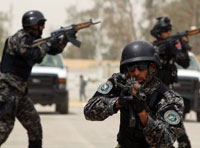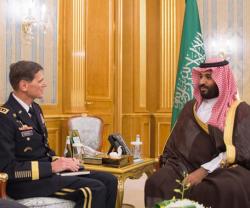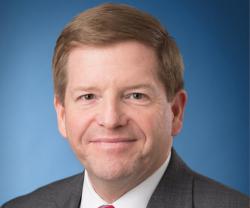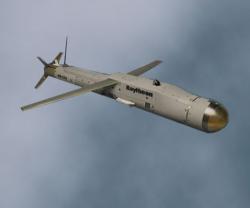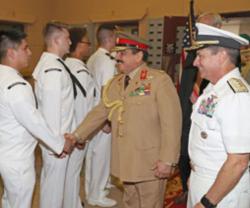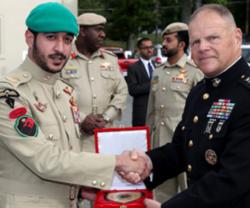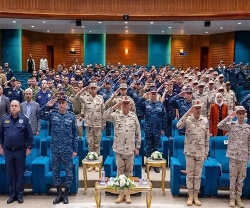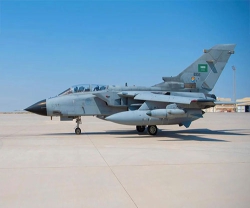The U.S. Embassy in Baghdad insisted it had no plans to shut down a multi-billion-dollar police training program that it said was a “vital part” of its enormous civilian mission here.
Responding to a New York Times report that the U.S. may phase the program out entirely, the embassy did not comment on the newspaper’s claims it would reduce the number of police advisers to just 50 or directly address charges it spent more than $100 million on a facility that it will no longer use.
“Despite a New York Times report to the contrary, the U.S. Embassy in Baghdad and the Department of State have no plans to shut down the Police Development Program in Iraq that began in October 2011,” an Embassy statement said.
It said it would return a Baghdad Police College annex to Iraqi authorities, thereby relocating U.S. police advisers to the heavily-fortified embassy and generating “considerable cost savings”.
“The Police Development Program is a vital part of the U.S.-Iraqi relationship and an effective means of standing by our Iraqi friends as they protect their sovereignty and democratic institutions from internal and external threats,” Embassy Spokesman Michael McClellan said in the statement.
Citing unnamed State Department officials, the New York Times reported on Sunday that new restructuring plans called for the number of police advisers to be reduced to just 50, from what was originally envisioned as a cadre of 350.
It also said that the Embassy spent more than $100 million on upgrades to the Baghdad Police College, but that the building was “recently abandoned, unfinished”.
The Embassy did not immediately confirm the amount of money spent on the police college, and a Spokesman said that “all staffing levels are evaluated periodically in coordination with the Iraqi government”.
The U.S. military completed its withdrawal from Iraq at the end of last year, leaving around 150 troops under the authority of the embassy, charged with training Iraq’s Security Forces in addition to the Police training program.
Now, the Embassy is the biggest in the world, with 12,755 personnel as of April -- 1,369 government officials and the remainder contractors.
Source: AFP: New York Times – Photo: AFP

